Homeschooled pupils have launched a boat they built themselves at Portsoy harbour.
The group – aged 13 to 17 – have been meeting weekly for the last seven months, learning the art of traditional wooden boat building.
Having designed and built a variety of items, the project culminated in the launch of their own boat at Portsoy’s 17th-century harbour.
Bodhi Hellyer, Max Hellyer, Nuada Paton, Quinlan Whitby and Andrew Ferguson were taught by experienced local boat builders James Crombie and Doug Mathieson.
Their first task was to create a wooden toolbox. This provided James and Doug with an insight into the capabilities of each student, and how quickly they could learn the basic skills of marking out, measuring, cutting, drilling, assembling and plaining.
The Boatshed, at the Old Harbour in Portsoy, is a fully-equipped workshop with a mix of traditional tools and machinery for woodworking. And it’s now keeping Portsoy’s rich maritime heritage alive.
‘When they start, it’s all completely new to them’
James Crombie has delivered several boat building and woodworking projects for youngsters over the years.
He said: “When the students first start, it can be their first time doing any kind of wood working or using tools, so it’s all completely new to them.
“We begin with the basics and ask them to create a simple wooden box. As they measure and cut out their shapes, they’re using geometry and working as part of a team, going through each step to complete their design.”
The next phase puts the students’ abilities to the test by creating a medieval catapult, the trebuchet.
James continued: “The trebuchet is a good way to see what the students have learned. We encourage them to work together to design and create their own version.
“This involves calculating the energy forces, and the strength of the materials to ensure it can successfully throw an object and hit a target, at speed.
“They did a brilliant job and they enjoyed testing it out.”
Portsoy students took 18 weeks to build boat capable of carrying four people on open water
Their most recent, and by far their biggest challenge, has been to build their own dinghy.
Many of us think of a dinghy as a rubber, blow-up vessel. But this dinghy was a proper, wooden, sea-worthy boat.
Working over a series of six-week blocks, the students worked individually and in teams to create a 3.5 metre Norwegian-design pram dinghy, capable of going on open water and carrying four people.
The project involved precision marking out and cutting, plaining, steaming and bending, careful construction and finally painting.
The whole process – from building to painting the boat – took 18 weeks.
“It was great to see them having fun and working as a team to bring it all together,” said James.
“They’ve not only gained traditional wood working and boat building skills, which will be useful for them throughout life, but they’ve made friends and developed their social skills.
“It’s been great to see them develop and get a sense of satisfaction from the whole process.”
Boat name a tribute to Portsoy legend
The boat has been named ‘Tom Soy’, in memory of Tom Burnett-Stuart who lived in Portsoy and owned and restored many of the buildings around the Old Harbour.
Tom Soy was launched at the Old Harbour after a brief naming ceremony (with a bottle of ‘Nosecco’).
James took to the oars to make the first official test row, with the youngsters following once she had been declared seaworthy.
James said: “Every student took a turn on the oars, and after an initial period of rowing round in small circles, everyone was able to enjoy and test the stability of the boat.
“All the students stayed largely dry and went home beaming with pride after what was a very successful, fulfilling and happy day.”
In 2004, the Scottish Traditional Boat Festival Trust started a policy of working with children to teach and revive the basic principles of boat building.
Working with primary school children, 60 dinghies were successfully built and launched, and several small boats including curraghs, a North Sea faering and a St Ayles skiff were constructed by local secondary school pupils.
Portsoy Boatshed now one of Scotland’s leading boat building schools
The success of these programmes facilitated a need for a permanent premises, and Portsoy Maritime Heritage gifted the derelict buildings by the Old Harbour to Portsoy Community Enterprise (PCE).
These were transformed into the Boatshed, today one of Scotland’s leading boat building schools.
Richard Thorne, development manager of PCE, said: “Portsoy was a thriving boat building community in the late 1800s and continues to be home to many skilled and experienced boat builders.
“Keeping these traditional skills alive is essential, so that the next generation can continue Portsoy’s rich maritime heritage into the future, and delivery of these programmes are a key part of this.”
Portsoy Community Enterprise is driven by a passionate and committed team of volunteers.
It brings together an array of assets, events and offerings to keep alive the ingrained heritage and cultures of the north-east of Scotland.
The organisation was established following the creation of the Scottish Traditional Boat Festival.
Intended to be a one-off event to celebrate the 300th year of Portsoy’s harbour in 1993, it has now become one of the leading events on Scotland’s summer calendar and welcomes thousands of visitors to celebrate the region’s rich cultural heritage.
As well as the Boatshed, PCE comprises the Portsoy Salmon Bothy, Portsoy Links Caravan Park and the Sail Loft.
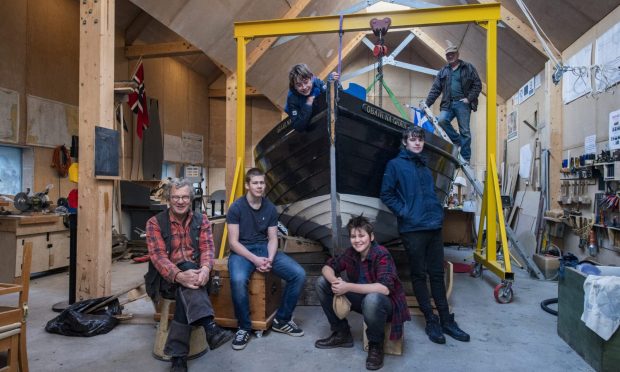
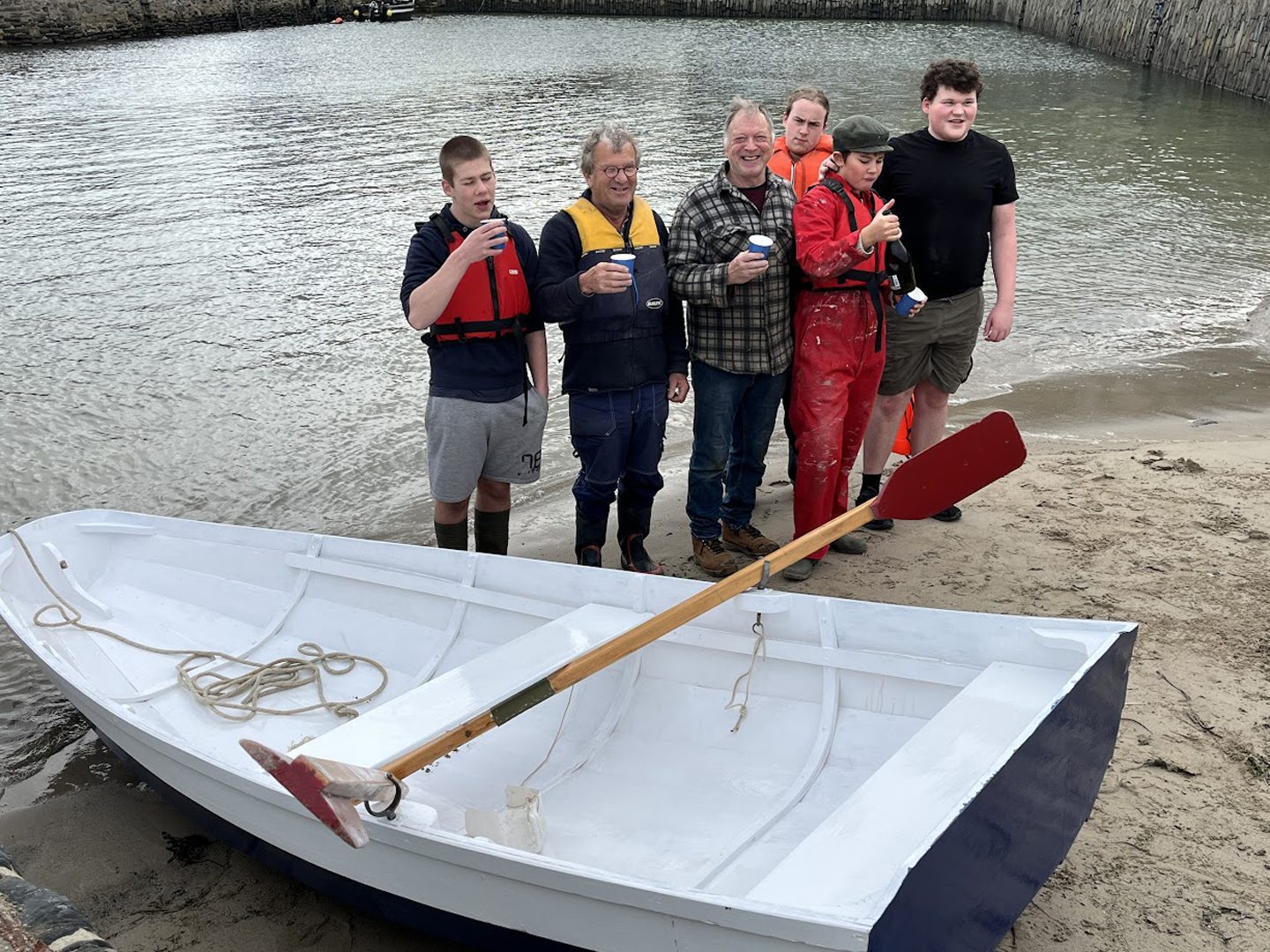
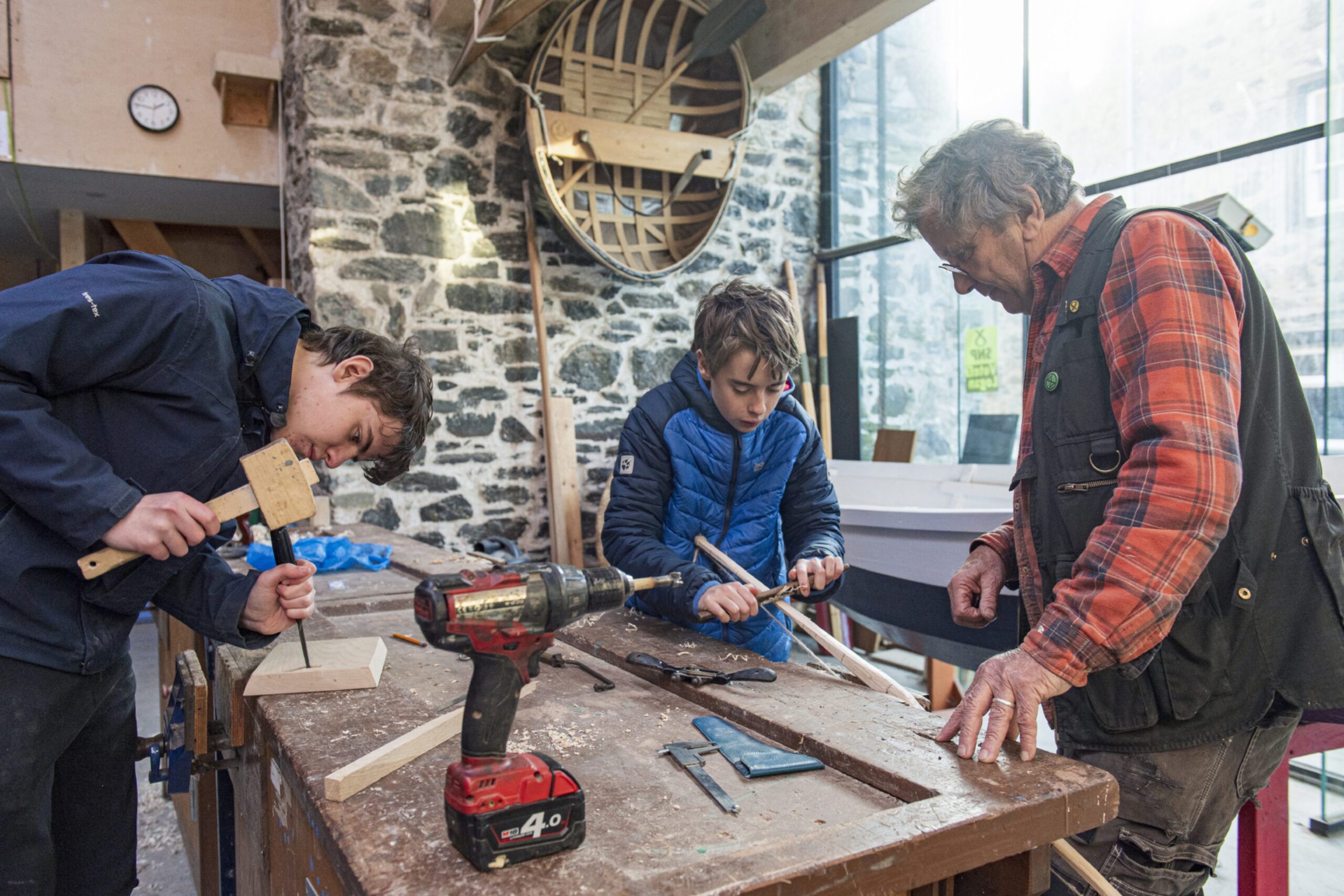
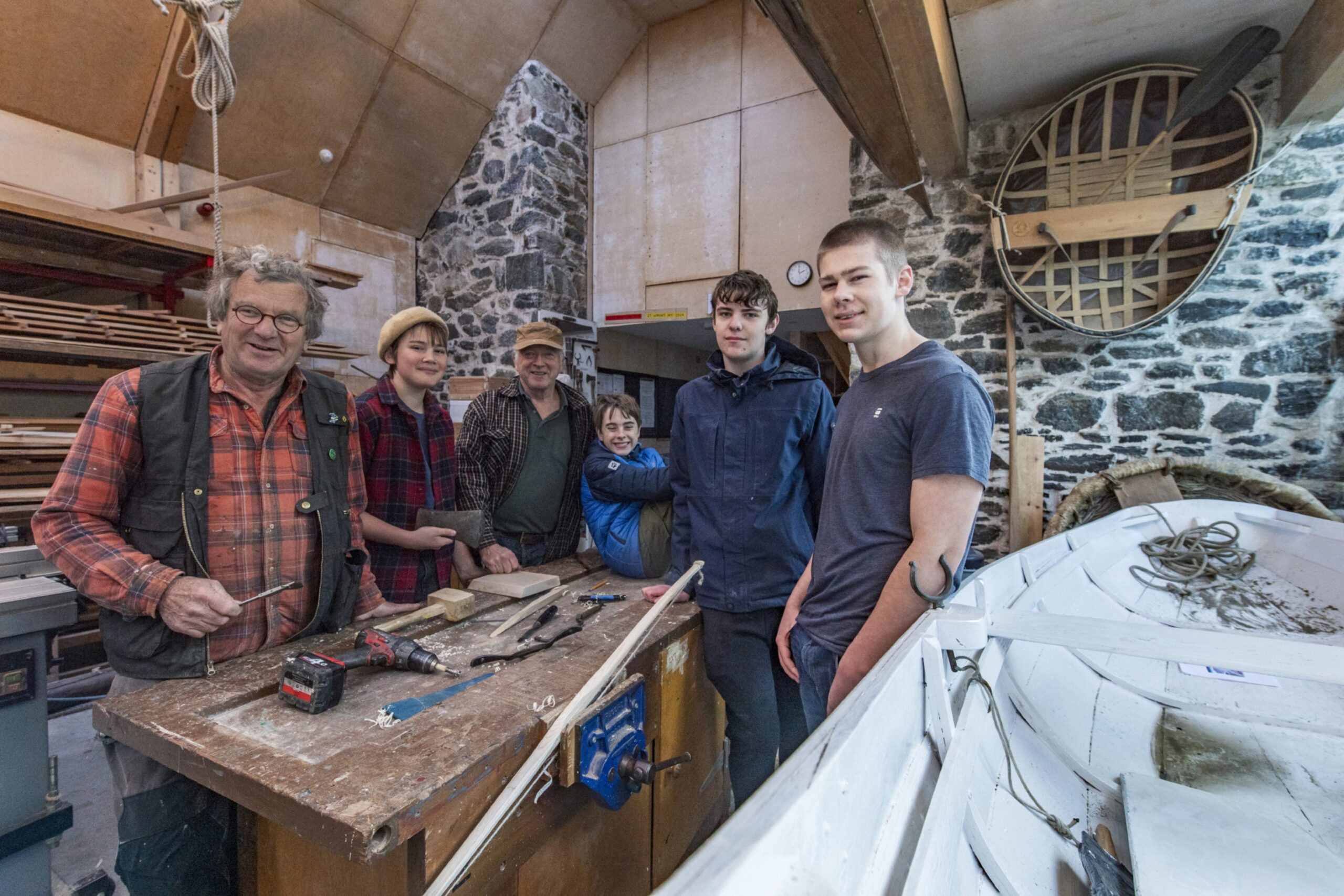
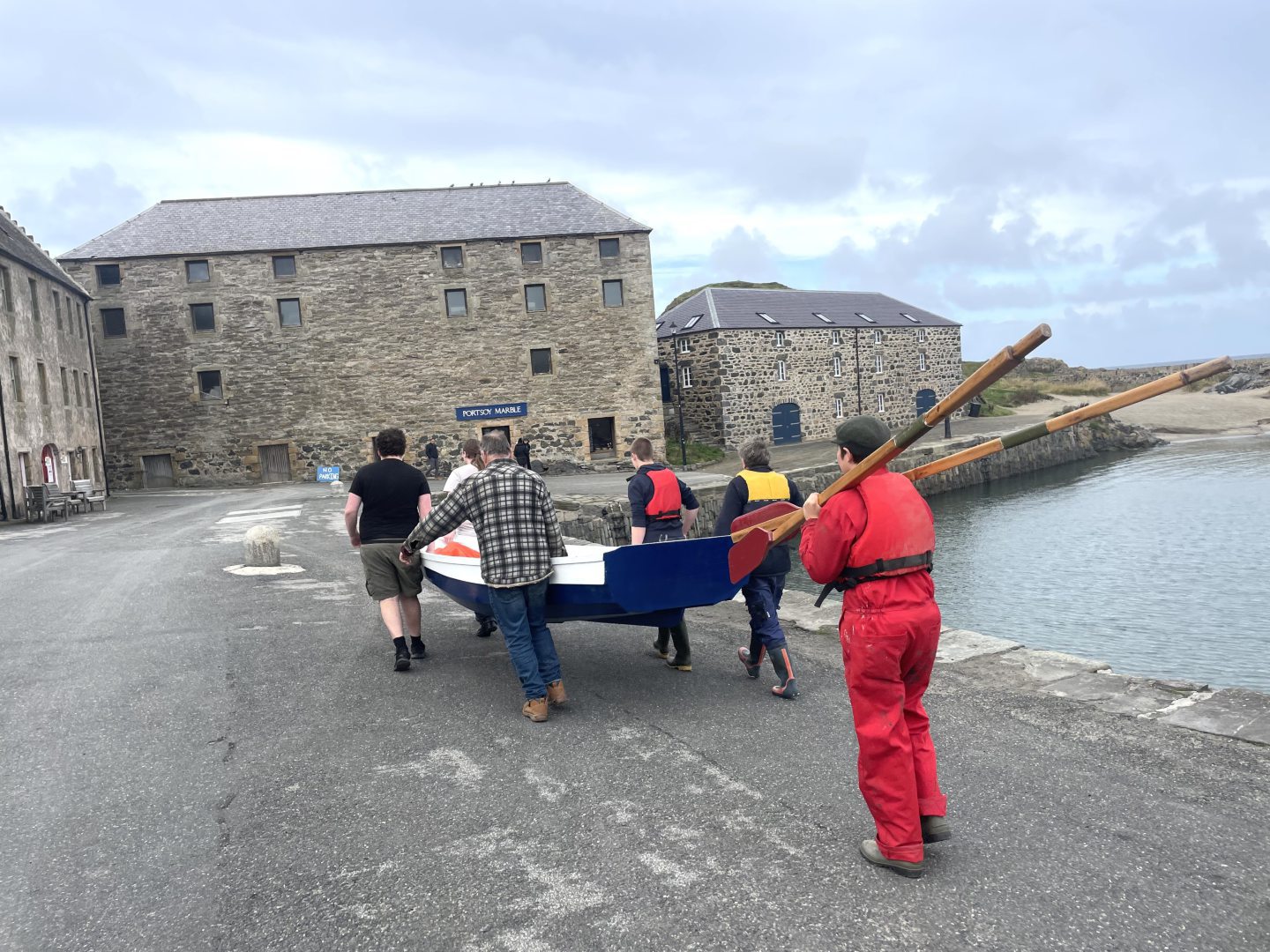
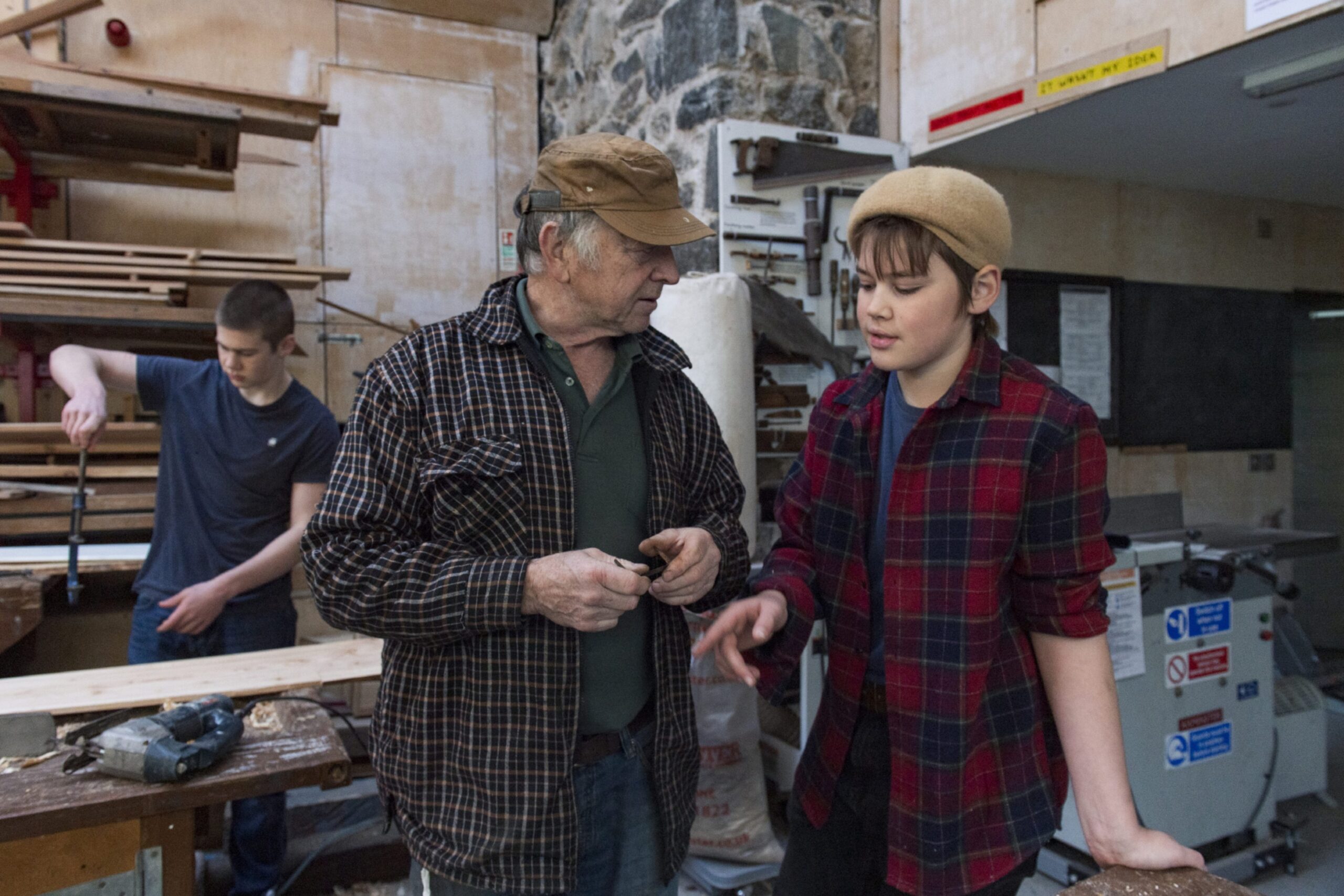
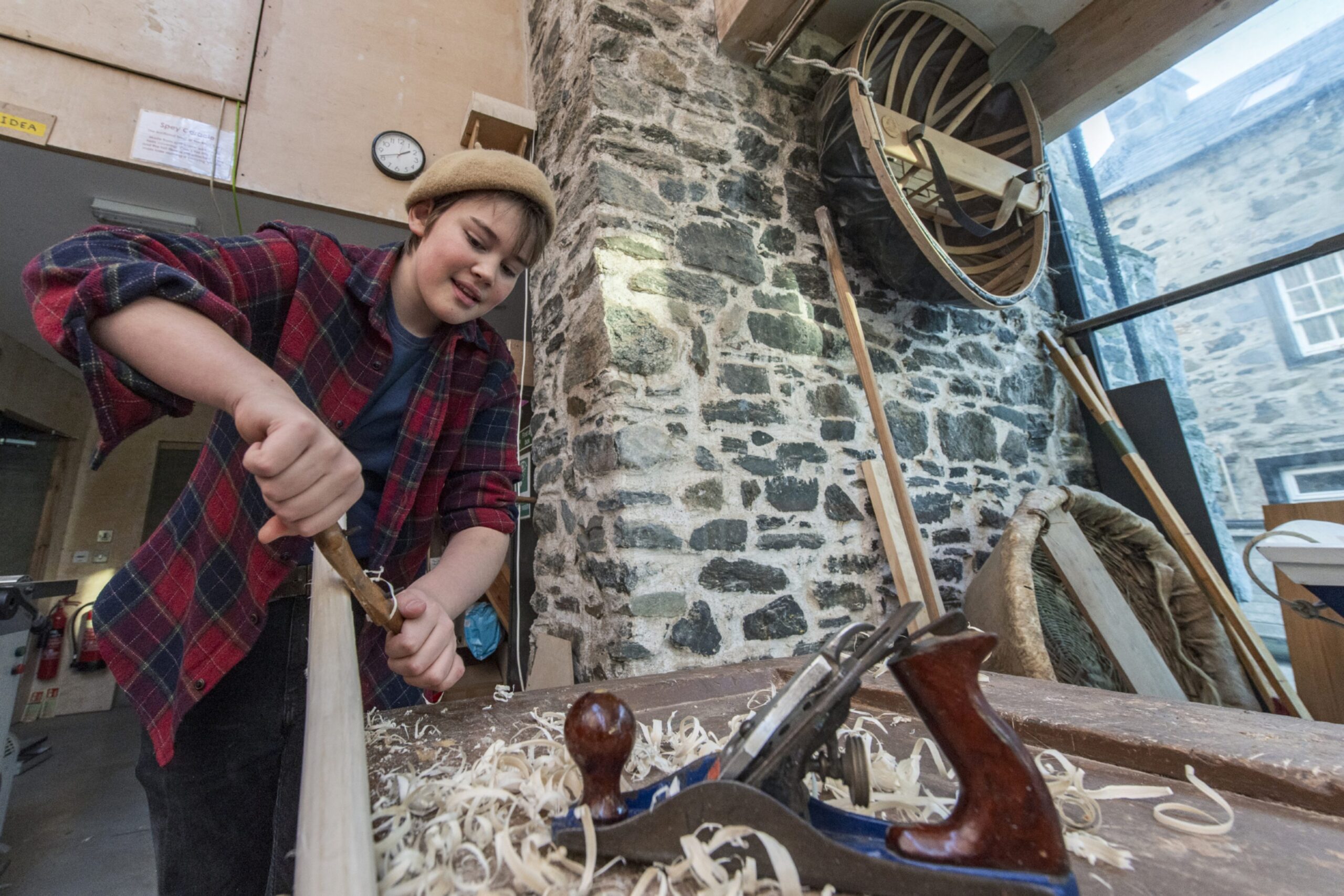

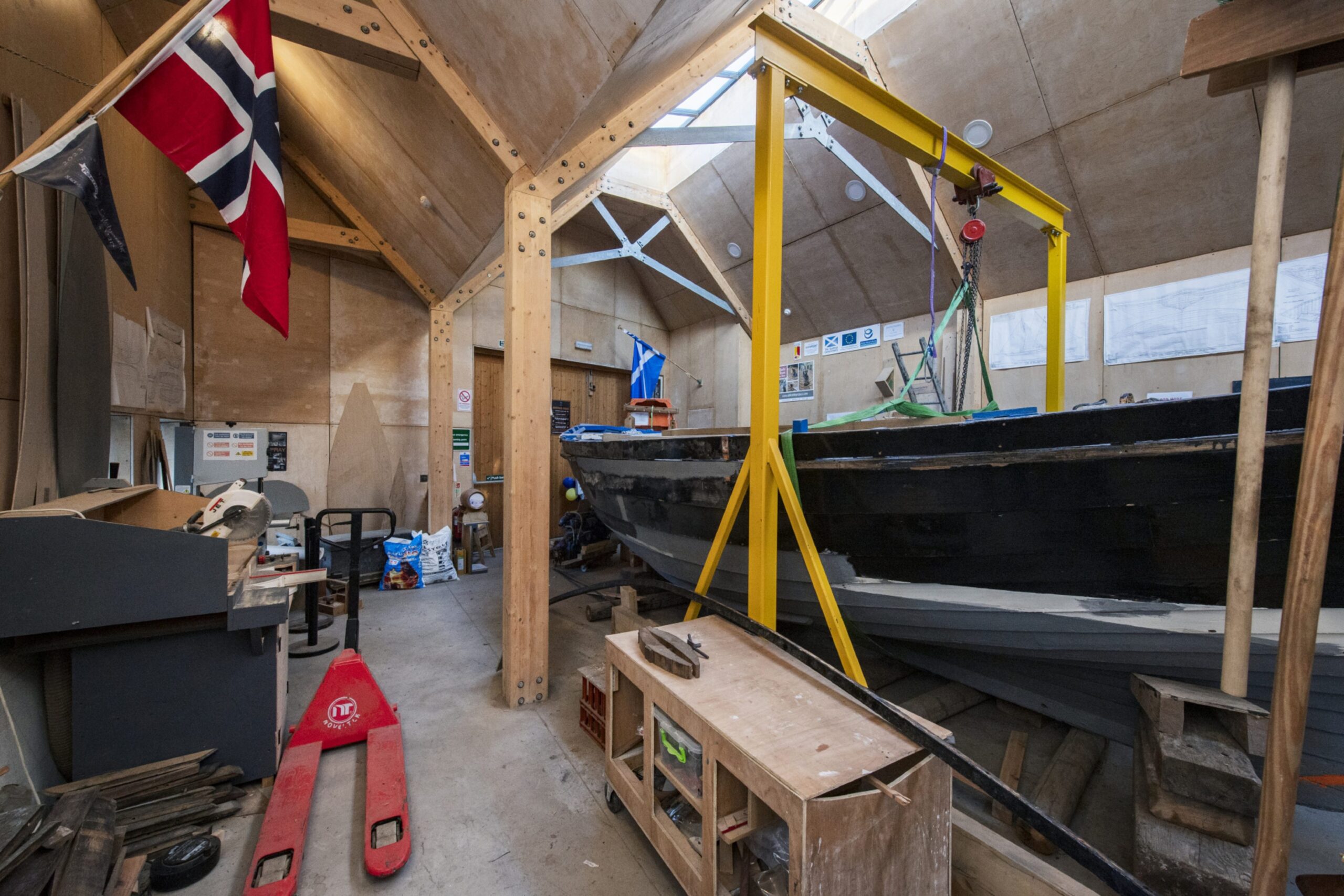
Conversation